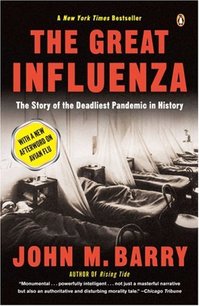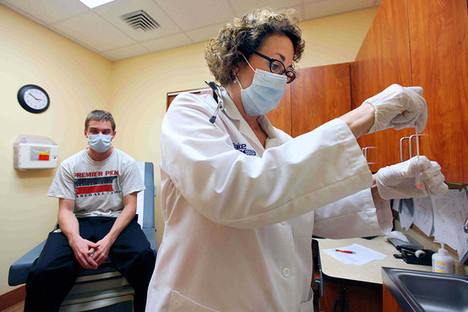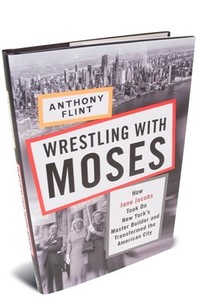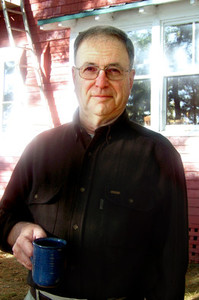Here is the core of John Barry’s account of how President Woodrow Wilson, and his administration, turned what might have been an ordinary flu, into what, by some measures, was the worst pandemic in human history:
(p. 396) . . . , whoever held power, whether a city government or some private gathering of the locals, they generally failed to keep the community together. They failed because they lost trust. They lost trust because they lied. (San Francisco was a rare exception; its leaders told the truth, and the city responded heroically.) And they lied for the war effort, for the propaganda machine that Wilson had created.
It is impossible to quantify how many deaths the lies caused. It is impossible to quantify how many young men died because the army refused to follow the advice of its own surgeon general. But while those in authority were reassuring people that this was influenza, only influenza, nothing different from ordinary “la grippe,’ at least some people must have believed them, at least some people must have exposed themselves to the virus in ways they would not have otherwise, and at least some of these people must have died who would otherwise have lived. And fear really did kill people. It killed them because those who feared would not care for many of those who needed but could not find care, those who needed only hydration, food, and rest to survive.
Source:
Barry, John M. The Great Influenza: The Story of the Deadliest Pandemic in History. Revised ed. New York: Penguin Books, 2005.
(Note: ellipsis added.)







